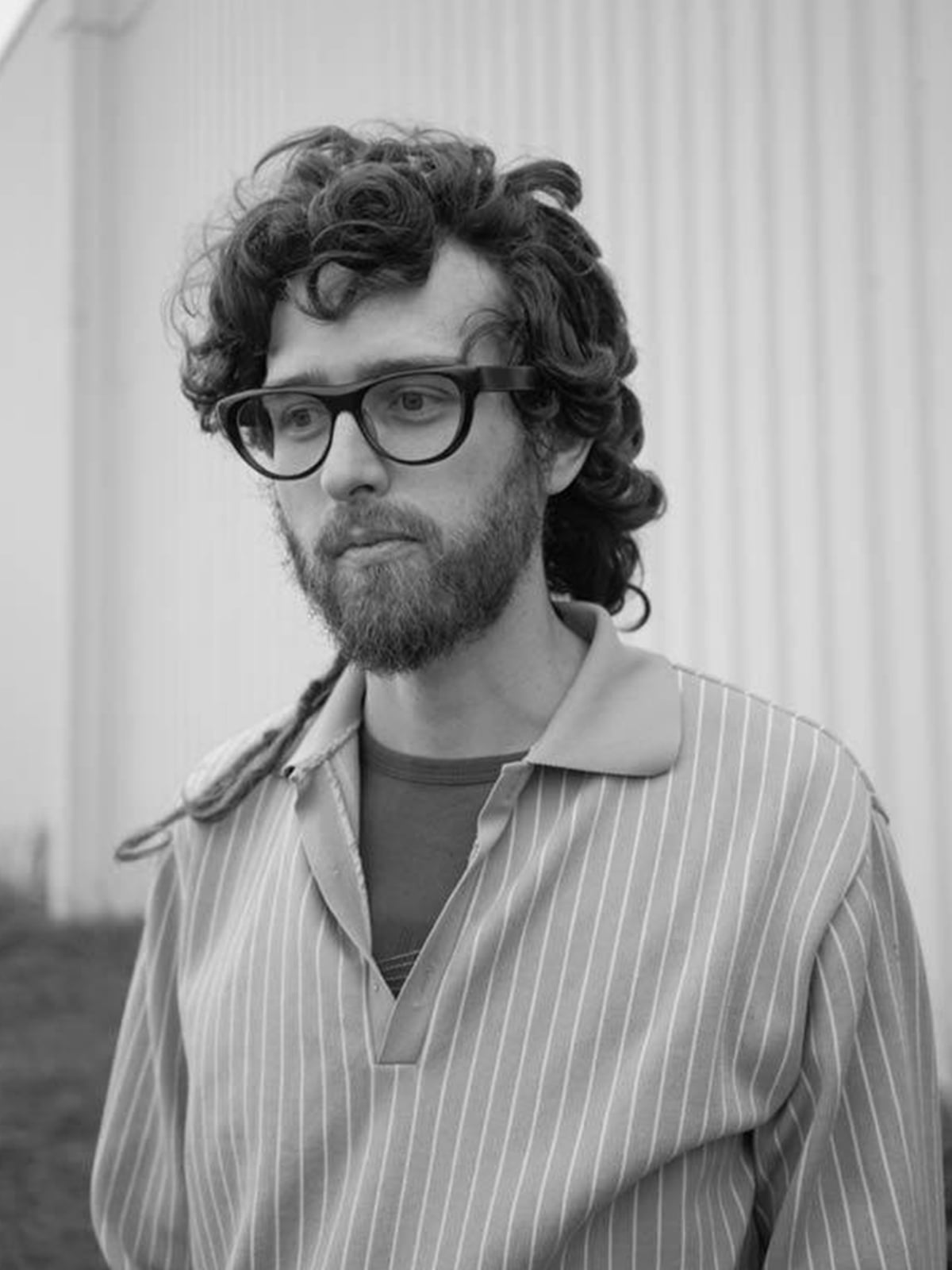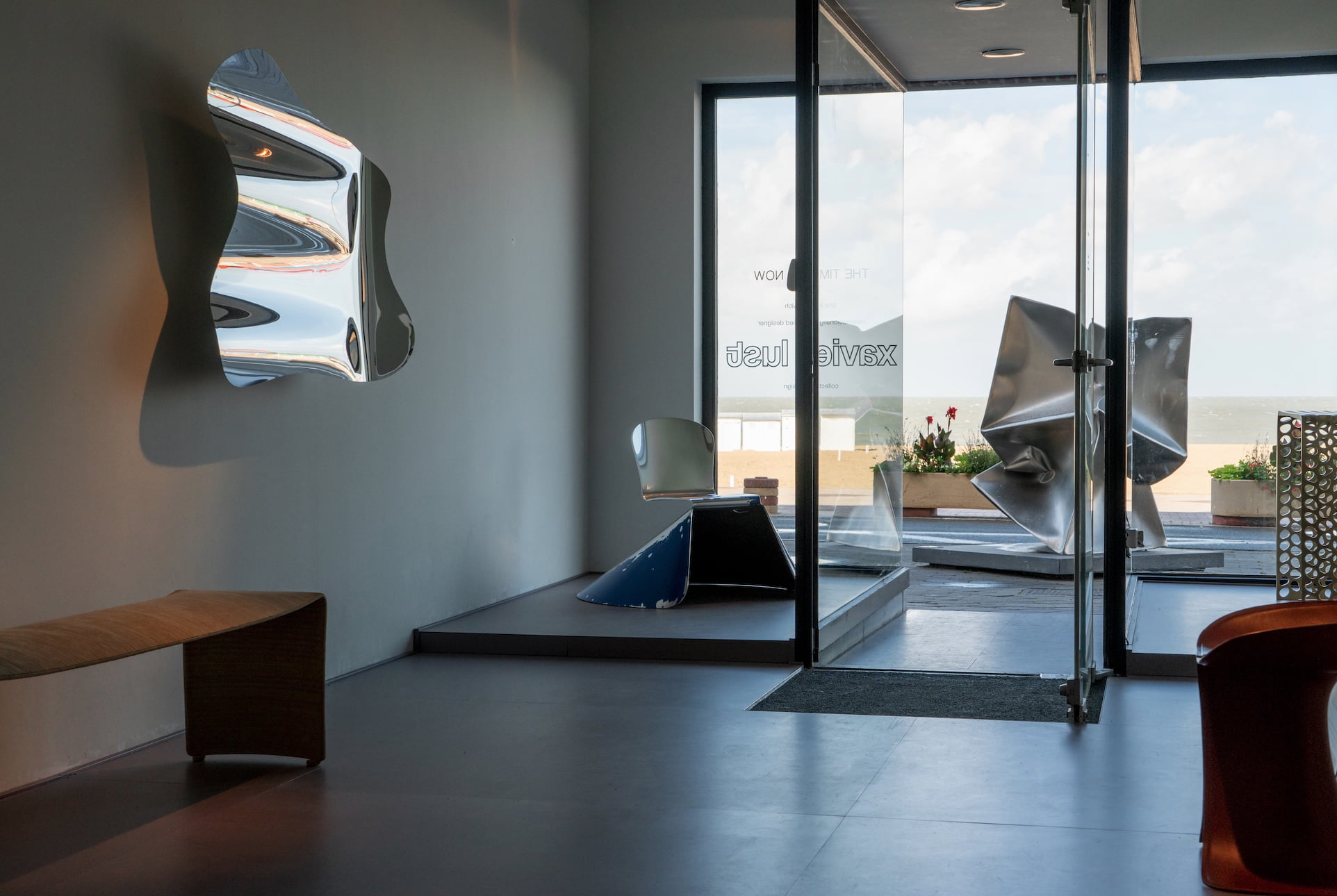
Octave Vandeweghe (°1988 B) has studied as jewel designer and silversmith at Sint-Lucas in Antwerp with Hilde De Decker. Initially he shows little interest in gemstones. His interest lies in the evolution, meaning, form and function, the naming and the relation with the body and with the context,… of everyday utensils, design- or art-objects. “I want to go back to the moment at which society imposes on us the way we have to look at objects”, he says. “I wonder what the meaning is of a thing in regard to our everyday life. The potential of poetry which is the result of this attitude, leads me to the interpretation of objects”.
His fascination for gems grew when he noticed the similarity between prehistoric flint knifes and faceted gems. “That resulted in a project with the title ‘A Brilliant Cut’,” he tells. It is the technical term for the way in which most diamonds are cut. In my project ‘brilliant’ refers to the gem and the ‘cut’ to the knife. A knife is the first utensil that has been consciously made by man in order to survive. In that sense it is a necessary object. A gem is mainly an object of beauty. It is given facets in order to promote its glitter and beauty. The combination of faceted gems, knifes and cutlery combines notions like beauty and function. Beauty becomes function and function becomes beauty.”
Octave likes to situate his work on the boundary between function and beauty, but also between the natural evolution of gemstones and the human intervention of the making of cutlery. Next to natural gems he also used cultivated, man made, gemstones. He combines a cultivated ruby with the rock in which ruby’s grow naturally. He works with synthetically grown stones that look natural, and vice versa.
The present day ideal of a gem is a tampered stone like a diamond: a great number of perfect facets but completely transparent and apparently without substance. Vandeweghe prefers to work with the lines of growth, the inclusions, the cracks in the gems because he wants to keep the feel of the ‘stone’. The same is true for the way in which he works on the stones. In some objects he leaves the structures of the grinding wheel and uses these, together with the lines of the natural growing process, for his aesthetic purposes.
Vandeweghe exhibits his objects in an installation of which the objects form a part. Each piece is held by a piece of steel wire – as if it is an artefact in an archeological museum. Models in steel wire refer to pieces which will, in the future, complete the collection of this imaginary museum.
Marc Holthof, February 2016

